Arduino installation
May 15, 2021 Arduino
After learning the main parts of the Arduino UNO board, we're ready to learn how to set up the Arduino IDE. /b10> Once we have learned this, we will be ready to upload our program on the Arduino board.
In this section, we'll learn how to set up the Arduino IDE on our computer in a simple step, and prepare the board to receive the program over the USB cable.
Step 1 - First of all, you must have an Arduino board (you can choose your favorite board) and a USB cable. /b10> If you use Arduino UNO, Arduino Duemilanove, Nano, Arduino Mega 2560 or Diecimila, you will need a standard USB cable (A plug to B plug). T he following image shows the type of USB printer you will connect to.
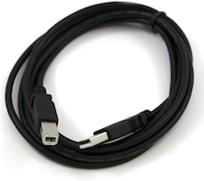
If you use the Arduino Nano, you will need an A-to-Mini-B line, as shown in the following image.
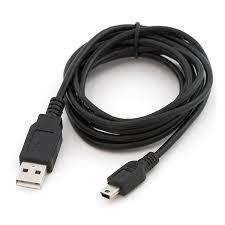
Step 2 - Download the Arduino IDE software.
You can get different versions of arduino IDE from the download page on Arduino's official website. Y ou must select software that is compatible with your operating system (Windows, IOS, or Linux). /b14> When the file is downloaded, unzip the file.

Step 3 - Power on the board.
Arduino Uno, Mega, Duemilanove, and Arduino Nano automatically get power via USB connections to computers or external power supplies. /b10> If you use Arduino Diecimila, you must ensure that the board is configured to get power from a USB connection. /b11> The power supply chooses to use a jumper, a small piece of plastic mounted on two of the three pins between the USB and the power jack. /b12> Check that it is on the two pins closest to the USB port.
Use a USB cable to connect the Arduino board to your computer. /b10> Green power LEDs, etc. (labeled PWR) should glow.
Step 4 - Start the Arduino IDE.
After downloading the Arduino IDE software, you need to unzip the folder. /b10> In the folder, you can find an application icon with .exe infinity tag. /b11> Double-click the icon to start the IDE.
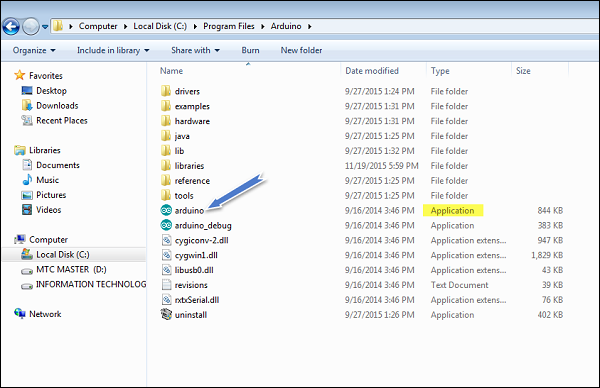
Step 5 - Open your first project.
Once the software starts, you have two options:
- Create a new project.
- Open an existing project example.
To create a new project, select → New.

To open an example of an existing project, → File → Basics →Blink.

Here, we'll just select an example called Blink. /b10> It has some time delay in turning leDs on and off. Y ou can select any other example from the list.
Step 6 - Select your Arduino motherboard.
To avoid any errors in uploading the program to the board, you must select the correct Arduino board name, which matches the board connected to the computer.
Go to → board and select your board.
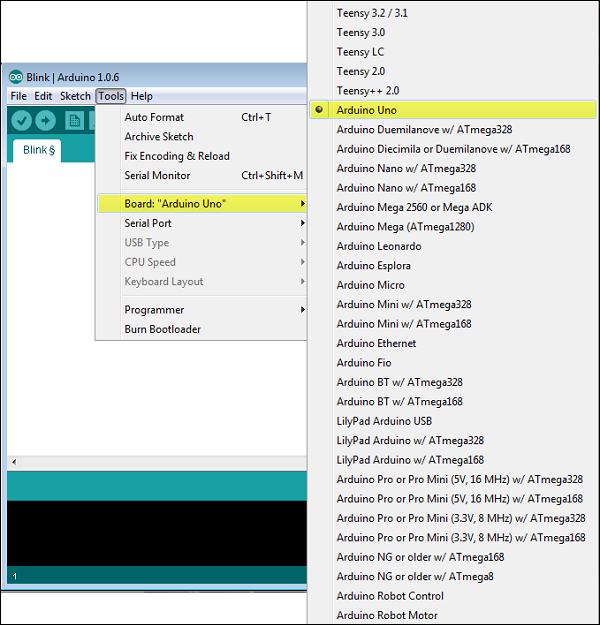
Here, the Arduino Uno board is selected according to our tutorial, but you must choose a name that matches the board you are using.
Step 7 - Select the serial port.
Select the serial device for the Arduino board. /b10> Go to → The Serial Port menu at Tools. /b11> This could be COM3 or higher (COM1 and COM2 are usually reserved for hardware serial ports). /b12> To find out, you can disconnect your Arduino board and reopen the menu, so the disappearing entry should be the Arduino board. /b13> Reconnect the board and select the serial port.

Step 8 - Upload the program to your board.
Before explaining how to upload our program to the board, we must demonstrate the functionality of each symbol that appears in the Arduino IDE toolbar.
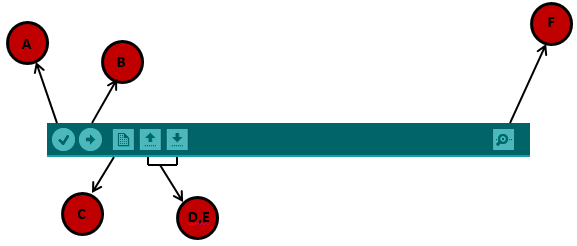
A - Used to check for any compilation errors.
B - Used to upload programs to the Arduino board.
C - A shortcut to creating a new sketch.
D - One of the sample sketches used to open directly.
E - Used to save the sketch.
F - A serial monitor that receives serial data from the board and sends serial data to the board.
Now, just click the "Upload" button in your environment. /b10> Wait a few seconds and you'll see the RX and TX LED lights flash on the board. /b12> If the upload is successful, a "Done uploading" message appears in the status bar.
Note - If you have an Arduino Mini, NG, or other circuit board, you will need to press the reset button on the board immediately before clicking the upload button on the Arduino software.